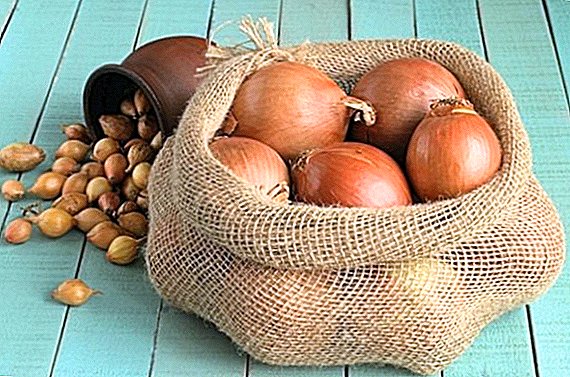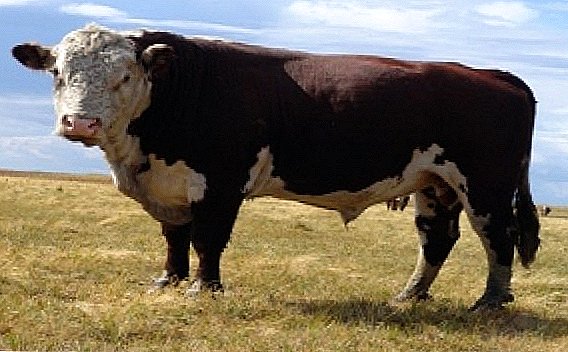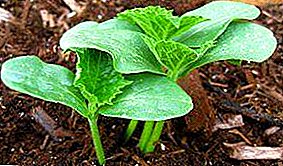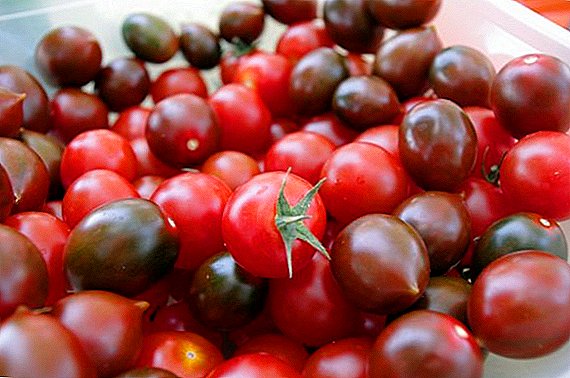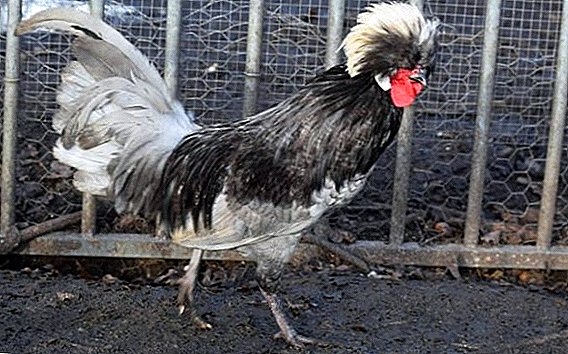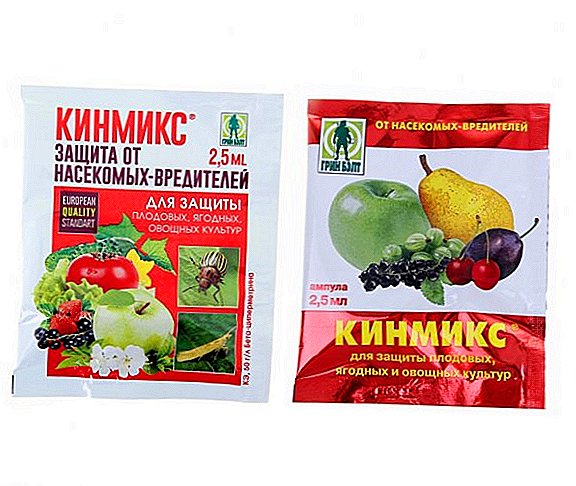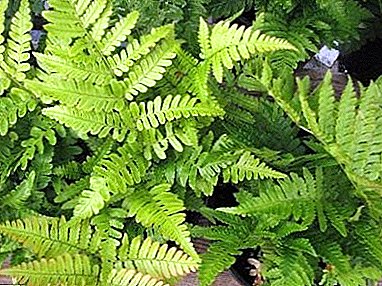
Thyroid is a large fern that grows in shady cool forests such as oak forests.
This is indicated by their official name - Dryopteris, literally - fern from oak forests.
The genus consists of perennial plants with a strong rhizome and wide carved leaves of complex shape.
The fern Shtitovnik belongs to the family Shchitovnikovy along with Mnogoryadnik and Kochezhednik. However, it stands out against their background by an amazing variety of species.
Kinds
Austrian
In nature, it lives in Western Europe, the Caucasus and North America. Prefers areas with constantly wet loams.
Possesses long (5-9 dm) triply pinnate leaves of triangular shape. Color is light green. Fronds cover the ground with a wide carpet, hence the second name is prostrate.
Photo subspecies of the Austrian Schityovnik:

Amur
It grows on rocky soils of mountain forests. It can be found in China, Russia, Japan. Very resistant to frost. Rhizome elongated, thin. Thrice feathery fronds grow one by one, die to cold. Their color is bluish-green, triangular in shape.
Photos subspecies of Shtybovnik Amur:

Competing
It grows on Madeira, the Azores and in Western Europe. The leaves are relatively small, grow to a length of 60 cm. Shaped like feathers, stand out bright green color. The tip is pointed, the whole surface is dotted with the smallest disputes. This species has a strong smell of freshly cut grass.
Photos of the subspecies of the Shchitovnik Rival:

Bush
It lives on the islands of Iturup, Sakhalin, Kunashir, Hokkaido, Sikoku, the Peninsula of Korea and in Northeast China.
Vayi assembled in a lush large outlet in the shape of the correct bowl. Leaves can grow per meter in height, they do not dry up for winter, die in the spring after the appearance of young records. The form is oblong-oval, the tip is pointed. The surface of the foliage is leathery, jade color.
Photo of subspecies of the Bush Shchitovnik:

Villaria
Coming from Western Europe, where grows in alkaline soil. Most often found on the calcareous lands of England, Wales and Lancashire.
Neat compact bush suitable for stony gardens and alpine slides. Vayi triangular, small (3.5-4.5 dm), the ends are pointed. Coloring nondescript green with a gray tint. Spores are very small, differ by a specific pleasant smell.
Photos of the subspecies of Thypophilus Vilaria:

Golda
Dwells in nature in cold and damp forests North America, mainly in its north-eastern part. It has excellent winter hardiness.
The leaves can grow up to 130 cm in length, form a large erect outlet. Form - wide oval, color malachite. The fronds are twice feathery, the rhizomes are short.
Photo subspecies of the Threaded Gold:

Comb
A fairly common species, found in Europe and North America, as well as throughout Russia. It prefers wetlands with constantly high soil moisture.
Low perennial reaching no more than 50 cm in height. Rhizome plump, short, covered with scales. The leaves are on erect petioles, have a lanceolate form, elongated in length. They are twice feathery, malachite colored. Spores are round, black, arranged in rows on the back of the leaves.
Photo subspecies of Shchitovnik Crest:

Odorous
It lives in the Far East and Western Siberia of Russia, in North America, Korea and China. In nature you can meet on stony soils and scree.
One of the most miniature species does not exceed 30 cm in length. Rhizome sloped, shortened. Leaves twice pinnate, oblong. Coloring jade with a blue tint. Spores are located on the entire back surface of the plates. Differs characteristic pleasant smell.
Photo subspecies Shchitovnik Odorous:

Reddish
It grows in Japan, China and the Philippines. Thermophilic evergreen view. Fronds have the shape of a wide triangle, differ in the original coloring. Young the leaves are peach colored, which gradually change to grass green shades. Reddish spores.
Photos of the subspecies of the Thyrochos

Needle
The most common type in the forest zone. It lives in Europe, North America.
The leaves are collected in thick bunches, reach a length of 4-6 dm. The scapes, leaf stem and rhizome are covered with brown scales. Vayi have a triangular shape, painted in a bright green tint. Sori very small, kidney-shaped.
Photos of the subspecies Shchitovik Needle:

Extreme
The most resistant to frost A species native to North America. It grows on rocky and rocky areas.
The spores are at the tips of the feathers, hence the name. The socket in height reaches 6 dm, consists of twice feathery leaves of a bluish shade.
Photo subspecies Shchitovnik Extreme:

Mountain
Guarded endangered species, to meet in nature is very difficult. It prefers fir forests with high humidity. From thick short rhizomes grows a thick bunch of large leaves. They are biconseous, pale green, oblong in shape.
Photo subspecies of Shchitovnik Mountain:

Male
A very common species found in North America and Eurasia. It is found both on poor limestone and fertile lands.
The plant is large, up to 150 cm in length. Flippers gather in thick sockets and overwinter with green. They are painted in emerald color, have an oblong shape with a sharp tip. Sori are located along the middle vein.
Photos subspecies Schitovnik Male:

Lozhumuzhskoy
It grows in the Black Sea, Dagestan and the Caucasus. The plant is high - up to 1 m. Fragments are double pinnate, pale green. For the winter requires shelter.
Photos subspecies Schitovnik Lozhnomuzhskoy:

Subalpine
Leaves lanceolate, narrowed or oblong, grassy green color. Reniform spores, some with wings.
Photo subspecies of Shchitovnik Podalpiysky:

Sikhotinsky
Very similar to the male. Resistant to cold, grows in Japan, Russia and China. It reaches a height of 1.2 m. Fronds are oblong, bicensed, die to frost.
Photos of subspecies Shchybovnik Sikhotinsky:

Related
It is found in Western Europe in deciduous forests. The leaves are collected in loose bunches, kept on long scaly petioles. They are biconseous, lanceolate.
Photos subspecies Schitovnik Related:

Light coloured
It grows rapidly, forming impassable thickets. Lives in the Ussuri region, resistant to frost. Rhizomes branch well, grow over the summer by 9-13 cm. Bushes reach a meter in height. Fronds twice pinnate, light green, triangular.
Photo subspecies Shchitovnik Svetly:

Stupid
Evergreen resident of mixed and coniferous forests of Japan and the Kuriles. Plant height is average, does not exceed 7 dm. The leaves are oval, three-pinnate, bright green.
Photos subspecies of Thyphovil Blunt:

Prostrate
A medium-sized forest fern with delicate leaves, common in the temperate forest zone of the entire Northern Hemisphere.
Photo subspecies Shchitovnik Prostrate:

Curly
It lives in Europe and North America, settling in forest zones. Leaves are erect, twice pinnate, lanceolate. The color is dark green, the surface is shiny, leathery. Maintains frosts to 30 °.
Photo subspecies Shchitovnik Kinky:

Golden
A resident of the eastern regions of North America. It can grow 1 m in height. Vayi triangular. Considered very decorative view thanks to the bronze tone of the leaves and the golden cannon on them.
Photo subspecies Shchitovnik Golden:

Marsh (telipteris)
This type of moth grows in swamps, needs constant moisture and shading. It has a dense rhizome, well growing in different directions, due to which extensive clumps are formed. Leaves single, pinnate, pale green. The shape is oblong, elongated.
Photo subspecies Telipteris Bolotny:

Home care
Features care after purchase
Immediately after purchase recommended to transplant brittle in fresh ground, as the store uses a temporary ground, poor composition.
The soil should be loose, breathable, fertile, with a high content of humus and good drainage.
Lighting
Shchitovnik likes shady places, they should be located away from the window or on the north side.
Temperature
Optimally - 14-19 °, with an increase of more than 25 ° will hurt. Being originally a forest plant, the Shchitovnik is able to withstand temperature drops to minus 25 °, which makes it a suitable candidate for cultivation in the open field. He perezimuet without any problems, even if you forget to cover him.
Adiantum, Polniyornik, Orlyak.
Watering
Constant ground moisture should be maintained without stagnant water in the pan. Water with softened water every 2-3 days.
Air humidity
High! Requires frequent spraying ground parts.
Top dressing
Shchitovnik grows slowly does not need frequent feedings. Once in 1-1.5 months, you can make a complex of minerals for ferns.
Transfer
Young copies transplanted every spring in a larger pot with full replacement of the soil, older ones - less often, every 2-3 years.
Pruning
They cut off old, yellowed fronds or strong regrown branches in order to preserve the decorativeness of the bard.
Breeding
Perhaps in several ways:
Disputes
Sportivnik spores develop on the back surface of the leaves. After ripening, they need to be cut and dried, laid out on paper. Boxes filled with a mixture of peat, sand and leaf soil in a ratio of 2: 1: 1.
Spread spores evenly on the surface of the substrate and moisten with a spray. The soil does not fall asleep! Cover the container with polyethylene film or thin glass and keep it warm and humid. Germination begins after 5-6 weeks. After that, the greenhouse is removed.
Dividing bush
 The method is faster and less time consuming. During transplantation, separate part of the rhizome with leaves and plant in a separate pot.
The method is faster and less time consuming. During transplantation, separate part of the rhizome with leaves and plant in a separate pot.
Tubers
Many species grow daughter tubers or whiskers, which can be separated from the plant and prikopat separately to a depth of 7 to 13 cm in the ground. Thoroughly shed and keep in constant humidity.
Shoots
Shchitovniki can throw out child shoots (brood buds). They appear on the leaves and begin to grow. Subsequently, they can be separated from the frond, placed in moistened peat or moss and covered with a half plastic bottle or glass jar. Rooting occurs in a couple of weeks, then the seedling is moved to normal soil.
Diseases and pests
Rotting rhizomes occurs when stagnant moisture in the soil and the pallet, perhaps, the earth compacted and ceased to pass moisture. Or watering occurs too often.
Pests do not like barns, can attack only shieldovki. These are small insects that look like brown or beige plaques on the leaves. If there are not enough of them, you can collect them by hand, large populations are destroyed by insecticides - Konfidor, Aktellik, Tanrek, Aktar and others.
Conclusion
Growing up in the home of the breeders is completely easy and easy. If you give them enough attention, decorative lush bushes will decorate the interior for a long time and please their owners.



